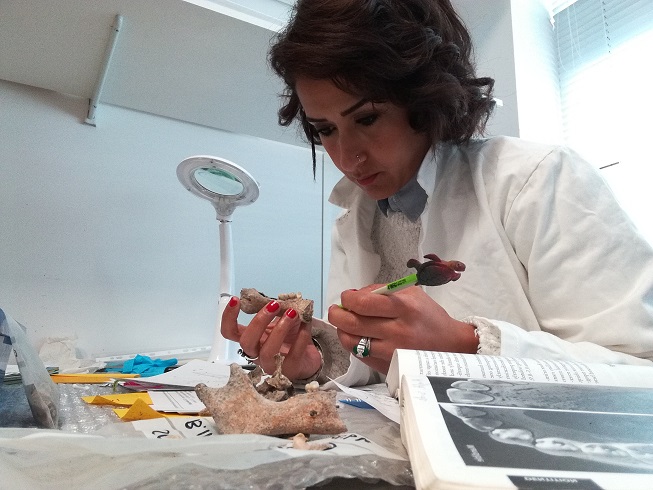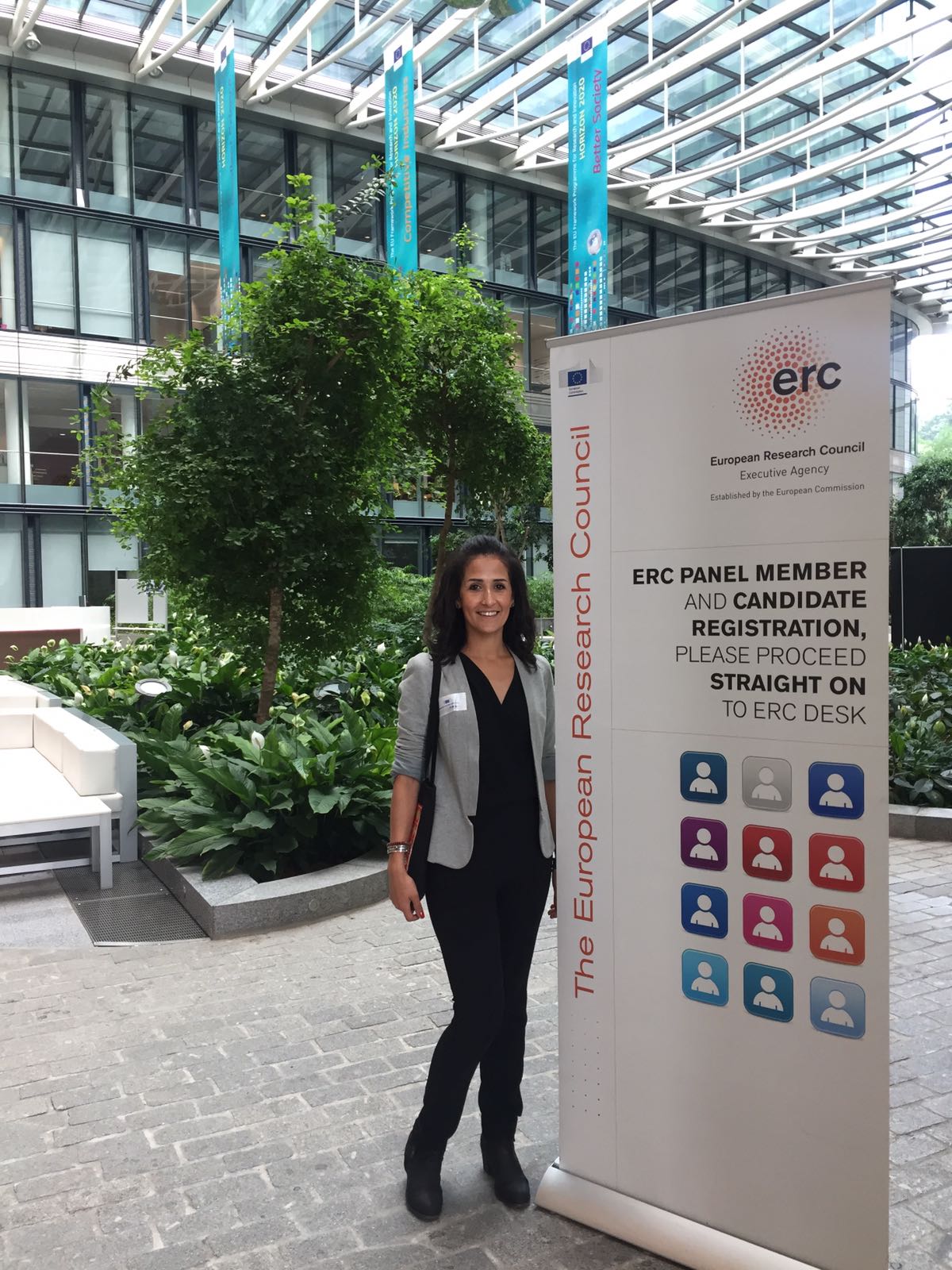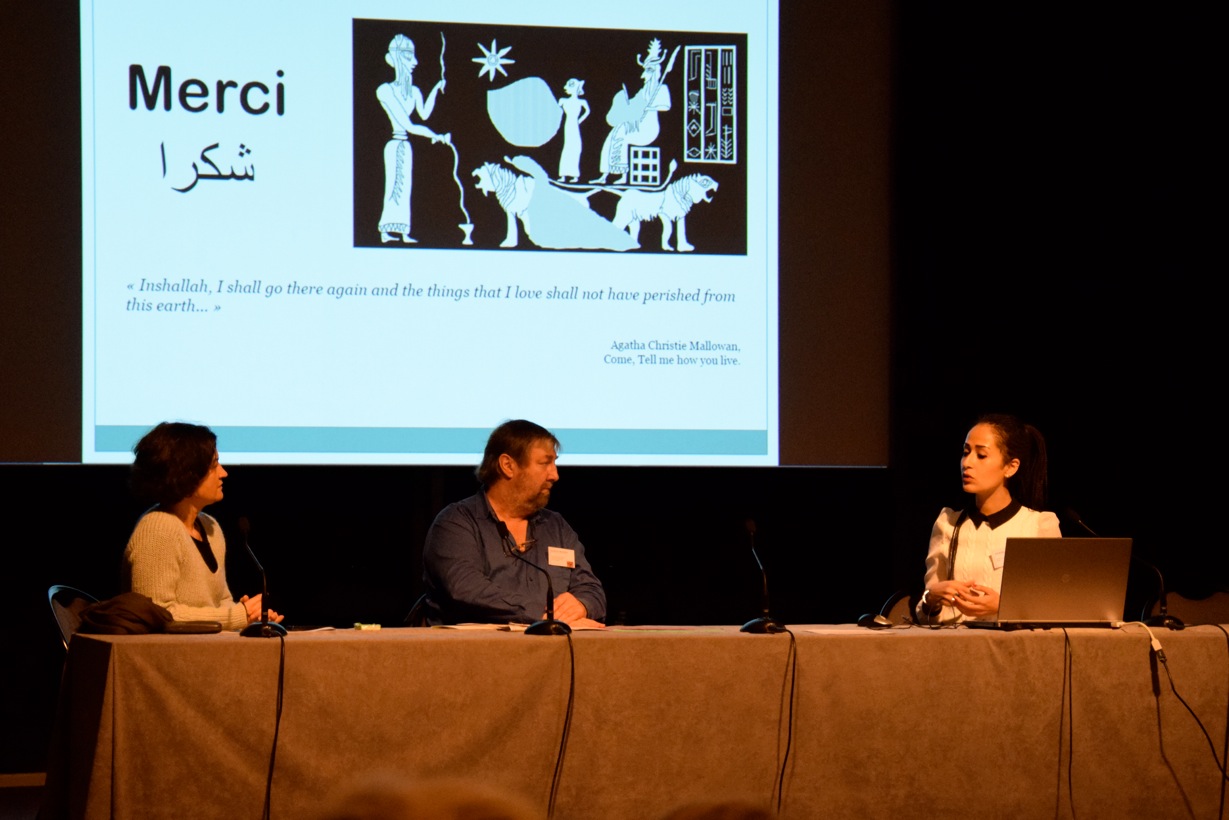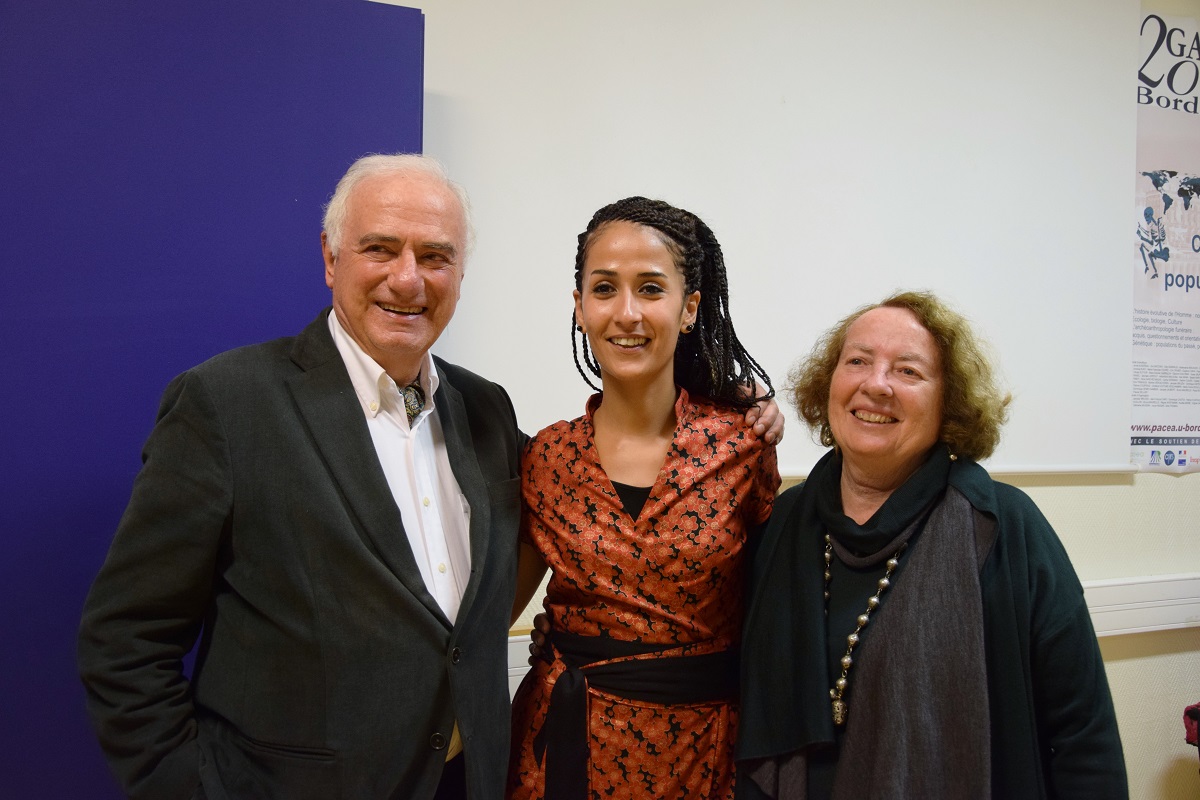In 2010, I began to work on the human remains from Tell Mozan and Tell Hamoukar for my doctoral dissertation. These two expeditions designated me as their anthropologist.
My duties were to analyze all skeletal material from previous seasons, and to excavate new burials. For this, I conducted my PhD research entitled An Archeao-anthropological approach to the graves of Tell Hamoukar and Tell Mozan (Syria from 3700 to 1600 BC.): taphonomy and diversity in funeral practices, under the supervision of Henri Duday.
My focus was to trace the evolution of the disposal of human remains at both sites and to explore the links between burial practices and changes in social fabric that accompanied the urbanization of the region during the bronze ages.
My approach, including archaeological and biological data was to:
- analyze each grave to provide the maximum amount of information on the variety of funerary practices, types of graves, and artifacts associated with the deceased;
- examine the skeletal remains to propose age at death, sex, stature of the deceased;
- undertake paleopathological investigations of the assemblage.


I have concluded that certain burial practices are part of the characteristic standards of the period and region, for example reserving jar burials for children less than 7 years old (Kharobi et al. 2014a). Others are atypical and contrary to what is stated in contemporary textual sources, for example opening some graves manipulating some bones (Kharobi and Buccellati 2017) and graves associated with fire places (Kharobi et al. 2014b).
Between 2016-2018, I collaborated with Dr Caroline Polet for my first post-doctoral research in dental anthropology at Royal Belgian Institute of Natural Sciences (Belgium) funded by the Université Libre de Bruxelles (ULB). This research was performed on the unique sample of human teeth from the Bronze Age city of Urkesh.
The aim of this research was to combine current publications and available data to complete the osteological analysis that I began during my doctoral research. To extend the biological phase of my previous research I conducted more extensive approaches to:
- rebuild the profile of oral health at Urkesh by listing dental pathologies (caries, macro-wear, enamel hypoplasia, ante-mortem loss, etc.),
- reconstruct the diet over a long period of time by non-biogeochemical approaches, notably by studying micro-wear of tooth enamel by scanning electron microscopy and X-ray microtomography (3D),
- characterize the biological distance and relations of kinship sensu lato between the individuals by the study of discrete dental characteristics (Kharobi & Polet in press).
| In the frame of the Hyksos Enigma project under the European Union's Horizon 2020 Research and Innovation Programme (Grant Agreement No 668640), my ongoing analyses currently carried out at Bournemouth University on diet, migration and mobility on human samples from Tell Mozan will complement the image of the ancient population of Urkesh during the Bronze Age. |

|
Publications
- Kharobi A., In press, A Place for the Dead. An Overview of Burial Practices at Tell Mozan in the Middle Bronze Age. Bibliotheca Mesopotamica 32.
- Kharobi A., & Buccellati G., 2017, The Dignity of the Dead: The Case of Ancient Urkesh and Modern Tell Mozan. Paléorient 43.2: 165-175.
- Kharobi A., Buccellati G., Courtaud P., & Duday H., 2014, Le Feu et la Mort : Des Structures de Combustion Associées à des Sépultures à Tell Mozan (Nord-Est de la Syrie) au Bronze Moyen (2000-1600 av. J.-C.), Paléorient 40: 135-147.
- Kharobi A., Courtaud P., & Duday H., 2014, The place of Children in the Ancient Society of Urkesh (Tell Mozan, Northeastern Syria) in the Middle Bronze Age (2000-1600 BC): An Anthropological Approach. In: by P. Bielinski, M. Gawlikowski, R. Kolinski, D. Lawecka, A. Soltysiak and Z. Wygnanska (eds), Proceedings of the 8th International Congress on the Archaeology of the Ancient Near East, Volume 2, Excavation and Progress Reports, Harrassowitz Verlag, Wiesbaden: 667-675.
